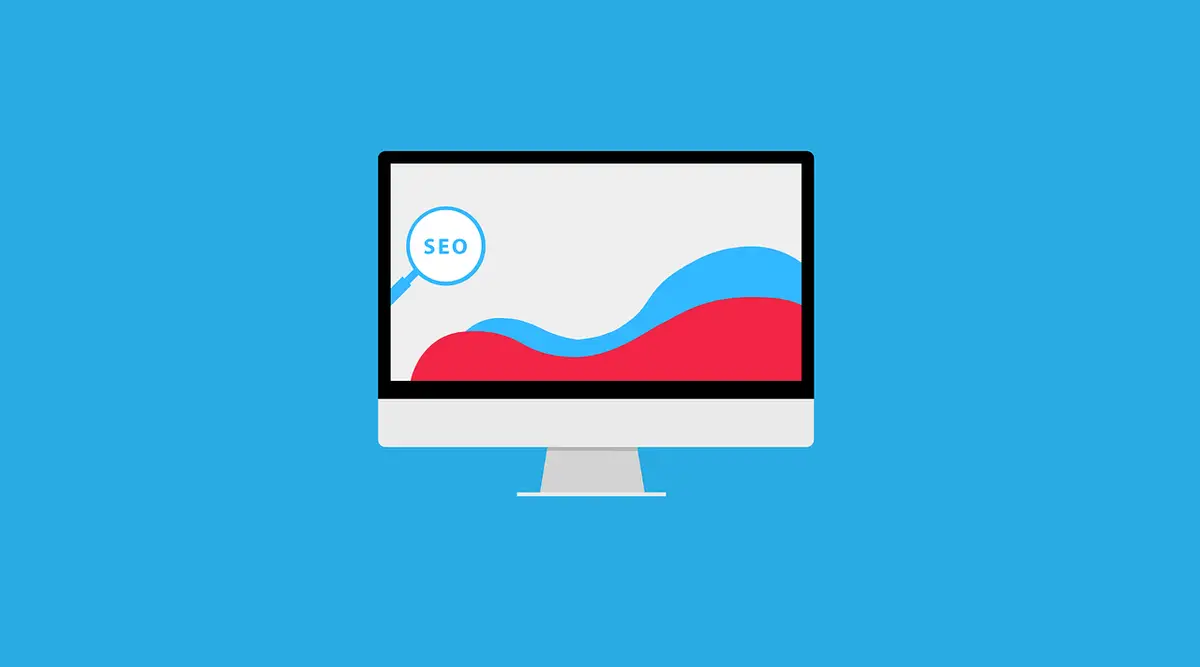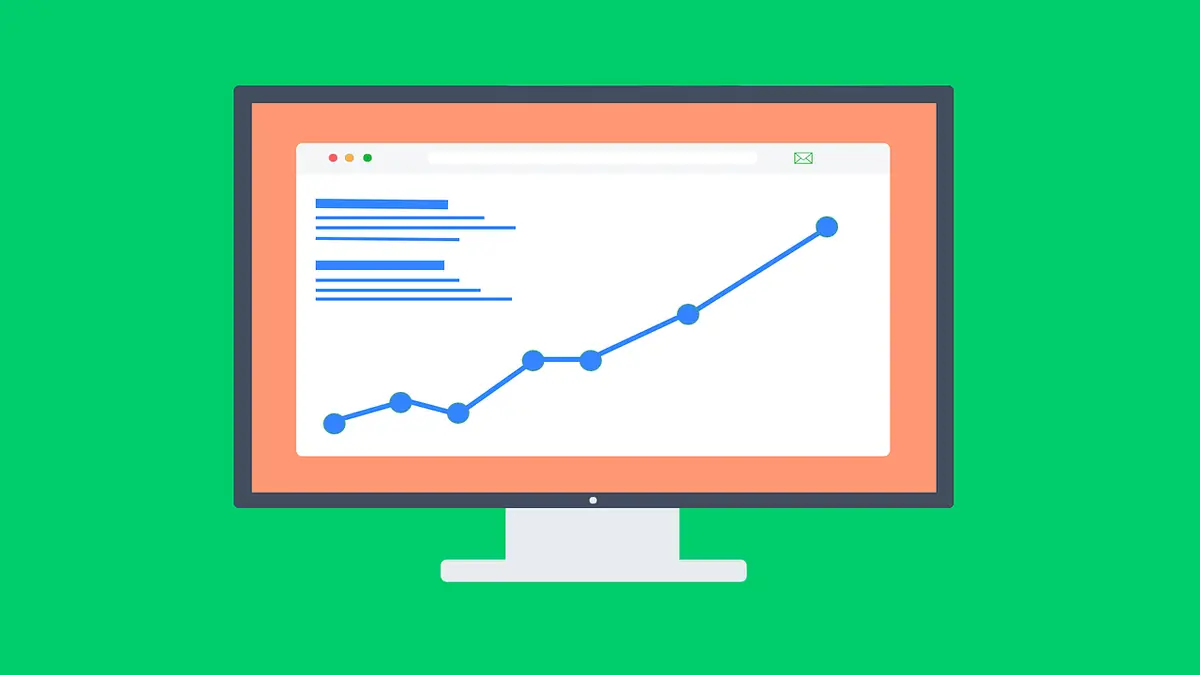SEO Tips to Get Your Portfolio Website Found by Potential Clients
Imagine spending hours perfecting your portfolio website—yet potential clients never see it. If this sounds familiar, you’re not alone.
Your portfolio website should be the centerpiece for your skills and services. But with millions of sites competing for attention, visibility in search results is a major roadblock for creatives, consultants, and entrepreneurs alike.
It takes more than a beautiful site to stand out. Today, over 68% of online experiences start with a search engine (source: BrightEdge, 2023), making strategic SEO crucial for getting your work discovered.
We'll show you, step by step, how to build a website that’s not just eye-catching, but also engineered for real client discovery—without excessive costs or technical headaches.

Understand Your Unique Portfolio Website Needs
No two portfolio websites are identical - because your goals as a photographer, designer, or consultant are unique.
For example, a photographer’s website often requires stunning, high-resolution galleries that load instantly. Meanwhile, a coach may prioritize online booking tools and dynamic client testimonials to foster trust and streamline scheduling.
Miss the mark on these essentials, and you risk driving away your ideal clients or wasting hours on makeshift fixes. The result? Lost opportunities and mounting frustration.
The best way to avoid these pitfalls is to clarify what functionality matters most to your business from day one. This keeps your budget on track and ensures you select the best website tool for your portfolio from the start. To help you spot the traps, explore our advice on Avoid common website mistakes.
Key Insight: Take time to map out your specific needs early. This guarantees your portfolio website not only reflects your professional identity, but supports real growth at every stage.

Compare Website Building Options for Portfolios
Choosing how to build your portfolio website can feel daunting. Each method has distinct tradeoffs affecting cost, timeline, and your site's visibility in Google results.
Custom developer: Get unique design and advanced features—ideal for specialized needs. Be prepared for higher expenses and longer delivery, plus ongoing reliance on expert help.
Traditional builders: User-friendly templates and flexibility. However, you'll need to actively manage updates, and advanced SEO reliability can depend on manually installed plugins. For a more detailed breakdown, see our AI builder vs WordPress comparison.
AI website builders: Launch a professional site in minutes, not weeks. These tools automate SEO essentials—think smart meta tags, mobile-first speed, and search-friendly layouts—making expert-level optimization accessible to all.
Not every tool makes SEO easy. In recent years, AI website builders have raised the bar - bundling features like automated schema markup and mobile optimization that once demanded technical know-how.

Optimize Essential Features for Portfolio SEO
Your portfolio website’s ability to rank on Google depends on more than flashy visuals. It’s shaped by the structure, speed, and user experience built into every page.
Think about the last time you browsed a competitor’s site: Was it easy to find project samples, submit an inquiry, or view testimonials on your phone? These behind-the-scenes elements make all the difference for both visitors and search engines.
Responsive galleries: Ensure your work looks stunning on any device, keeping users engaged longer.
Descriptive project pages: Use clear headings and detailed write-ups to help Google understand and showcase your expertise.
Custom contact forms: Make it effortless for clients to reach you. Well-placed calls-to-action drive conversions and signal business relevance to search engines.
SEO-friendly navigation: Streamline menus and add internal links between related projects to guide both users and crawlers.
Integrated reviews/testimonials: Fresh client feedback acts as ongoing, authentic content that builds trust—and boosts rankings.
Advanced tips: Incorporate internal links between project case studies, and don’t neglect descriptive alt text for every portfolio image. These small tweaks compound authority and indexability. For more on organizing content for SEO, see effective SEO structure strategies.

Pro tip: Rotate and update testimonials regularly. Search engines value fresh, authentic content - which can quietly elevate your site above less active competitors.
Leverage Instago.ai: The Easiest Way to Build an SEO-Optimized Portfolio Website
If building a portfolio website feels overwhelming, you’re not alone. Many professionals get stuck between technical complexity, high costs, and the risk of an invisible site.
Instago.ai addresses these hurdles with an AI-driven approach. Simply select your profession, and the platform assembles a tailored website—no coding, design skills, or manual SEO configuration needed.
Want to see the process step-by-step? Explore a full walkthrough of Instago.ai in action.
Start building your client-winning portfolio website for free with Instago.ai - no commitment, no hassle.